Did you know that pickled vegetables have been enjoyed by cultures around the world for centuries? From the crunch of a dill pickle to the tangy spiciness of a pickled pepper, mixed pickles offer a delightful array of flavors that can elevate any meal. Whether you prefer spicy or savory, homemade or store-bought, there’s a jar of mixed pickles waiting to tantalize your taste buds.
Key Takeaways:
- Mixed pickles have a rich history and are enjoyed in various cultures globally.
- Pickled vegetables offer a tangy and flavorful addition to meals.
- There are countless varieties of mixed pickles, from spicy to sweet and everything in between.
- Pickling techniques and recipes can be easily learned and mastered at home.
- Including pickles in your diet can provide probiotics and other health benefits.
The Spicy Affair: Exploring Spicy Mixed Pickles
Spicy mixed pickles truly ignite your taste buds with their fiery flavors, making them a must-have for spice lovers. These pickles come in various tantalizing varieties, each offering a unique combination of heat and flavor. Let’s take a closer look at a few popular options:
Kerda Pickle
Kerda pickle is a fiery delight that features bold mustard seeds, fenugreek, and a hint of lime. The pungent combination of flavors creates a potent and exhilarating taste experience.
Methiya Mango Pickle
If you’re craving a zesty kick, methiya mango pickle is the perfect choice. This pickle combines the tanginess of raw mangoes with the heat of mustard seeds and chili, resulting in a mouthwatering explosion of flavors.
Green Chili Pickle
For those who enjoy intense heat, green chili pickle is a classic favorite. The vibrant green chilies bring a fiery punch to any meal, adding a burst of flavor that elevates the overall dining experience.
These spicy mixed pickles are just a taste of the exciting options available in the world of mixed pickles. Each variety offers its own unique blend of spices and flavors, ensuring there’s something to satisfy every spice enthusiast’s palate.
| Pickle Variety | Ingredients | Flavor Profile |
|---|---|---|
| Kerda Pickle | Mustard seeds, fenugreek, lime | Spicy and tangy |
| Methiya Mango Pickle | Raw mangoes, mustard seeds, chili | Tangy and zesty |
| Green Chili Pickle | Green chilies | Intensely hot |
The Sweet Symphony: Exploring Sweet Mixed Pickles
For those with a sweet tooth, sweet mixed pickles offer a delightful symphony of flavors. Whether you’re looking for a tropical delight or a citrusy elegance, there are diverse options to satisfy your cravings. Let’s dive into the world of sweet mixed pickles and explore the unique creations that await.
1. Sweet Mango Pickle
One of the most beloved sweet mixed pickles is the sweet mango pickle. Made with ripe mangoes and a blend of spices, this tangy and sweet delight is a tropical paradise on your plate. The succulent sweetness of the mangoes pairs perfectly with the aromatic spices, creating a truly irresistible combination.
2. Sweet Lemon Pickle
If you prefer a citrusy twist, the sweet lemon pickle is sure to captivate your taste buds. This pickle features preserved lemons in a sweet and tangy concoction, balancing the citrusy tartness with a delightful sweetness. The result is a refreshing and zesty addition to any meal.
“Sweet mixed pickles add a touch of sweetness to any dish and are a delightful complement to various cuisines.”
Now that we’ve explored these two popular sweet mixed pickles, let’s take a look at a comparison table showcasing their unique characteristics:
| Sweet Mango Pickle | Sweet Lemon Pickle | |
|---|---|---|
| Flavor | Tropical sweetness with aromatic spices | Citrusy tartness with a touch of sweetness |
| Ingredients | Ripe mangoes, spices | Preserved lemons, sweet ingredients |
| Pairing | Ideal with rice dishes, curries | Perfect with seafood, salads |
| Best for | Tropical and Indian cuisines | Mediterranean and Middle Eastern cuisines |
As you can see from the table, each sweet mixed pickle offers a unique flavor profile and is suited for different culinary experiences. Whether you’re craving the luscious sweetness of the mango pickle or the tangy elegance of the lemon pickle, there’s a delightful symphony of flavors waiting to be discovered.
So, embrace the sweetness and indulge in the delightful symphony of flavors that sweet mixed pickles have to offer. These delectable additions will surely elevate your meals and provide a burst of flavor to tantalize your taste buds.
The Art of Pickling: Benefits and Techniques
Pickling is not only a delicious method of food preservation but also offers several benefits. Pickles are made using various pickling techniques, including fermentation, brining, and vinegar pickling. The pickling process ensures the longevity of seasonal produce, allowing fruits and vegetables to be enjoyed year-round.
One of the key benefits of pickles is their ability to preserve the nutritional value of fruits and vegetables. Through the pickling process, vitamins and minerals are retained, making pickles a nutritious addition to any diet.
Furthermore, pickles are rich in probiotics, which are beneficial bacteria that promote a healthy gut microbiome. These probiotics support digestion and help maintain a strong immune system.
The pickling process also enhances the flavors of fruits and vegetables by introducing new taste profiles and adding complexity to the final product. The combination of tanginess, sweetness, and spices in pickles creates a truly unique culinary experience.
Pickling is a preservation method that not only extends the shelf life of seasonal produce but also opens up a world of flavor possibilities.
Whether you’re a fan of the classic dill pickle or prefer the boldness of spicy pickles, there are pickling techniques to suit all tastes. From the slow fermentation process that develops deep flavors to the quick pickling method that preserves the crispness of vegetables, each technique brings its own unique touch to pickling.
Here’s a breakdown of some popular pickling techniques:
- Fermentation: This method relies on the natural process of lacto-fermentation, where beneficial bacteria convert sugars in fruits and vegetables into lactic acid, creating a tangy flavor and preserving the produce. Fermented pickles, such as sauerkraut and kimchi, are known for their probiotic content.
- Brining: In brining, fruits and vegetables are soaked in a saltwater solution, which helps draw out moisture and create a crunchy texture. This technique is commonly used for pickles like dill pickles and bread and butter pickles.
- Vinegar Pickling: Vinegar, along with spices and herbs, is used as a pickling liquid to preserve the produce. This method allows for quicker pickling and imparts a tangy flavor. Examples of vinegar-pickled vegetables include pickled cucumbers and pickled onions.
The table below summarizes the benefits and techniques of pickling:
| Benefits of Pickles | Pickling Techniques |
|---|---|
| Prolongs the shelf life of seasonal produce | Fermentation |
| Retains the nutritional value of fruits and vegetables | Brining |
| Rich in probiotics for a healthy gut | Vinegar Pickling |
| Enhances the flavors of fruits and vegetables |
So, whether you’re preserving the abundance of summer or experimenting with new flavor combinations, the art of pickling offers a world of creative possibilities. From tangy and crisp to bold and spicy, pickles elevate the flavors of fruits and vegetables, making them a pantry staple for food lovers around the globe.
Pairing Pickles: Elevating Your Culinary Creations
Pickles are not just a sidekick to your meals, but they can also take center stage and elevate your culinary creations. Pairing pickles with various snacks, sandwiches, parathas, curd rice, and khichdi creates a delightful harmony of flavors.
The crunch of pickles adds a delightful contrast to snacks and sandwiches, enhancing their taste and texture. Whether it’s a simple potato chip or a gourmet charcuterie board, pickles provide a tangy and refreshing break from the richness of other snacks. Their vibrant flavors complement the savory or spicy notes of snacks, creating a delightful balance.
When it comes to sandwiches, pickles are an essential ingredient that can elevate the entire experience. From classic deli sandwiches to gourmet creations, pickles add a burst of tanginess and crunch that cuts through the rich flavors of meats, cheeses, and spreads. The combination of pickles and sandwiches offers a play of textures and flavors that will leave your taste buds wanting more.
Parathas, a popular Indian flatbread, are another fantastic pairing for pickles. The warmth of freshly made parathas combined with the tanginess of pickles creates a delightful explosion of flavors. Whether it’s aloo paratha (potato-stuffed paratha) or gobi paratha (cauliflower-stuffed paratha), the addition of pickles takes these humble dishes to a whole new level.
When it comes to traditional Indian rice dishes, pickles are the perfect accompaniment. Curd rice, a popular South Indian dish, combines the cooling effect of yogurt with the tanginess of pickles. The combination of creamy curd rice and zesty pickles creates a symphony of flavors that is both refreshing and satisfying. Similarly, khichdi, a comforting rice and lentil dish, comes alive with the addition of pickles, adding a burst of tanginess to every bite.
So, whether you’re snacking on your favorite chips, indulging in a sandwich, enjoying a paratha, or savoring a bowl of rice, don’t forget to pair them with pickles. They are the perfect complement, adding tanginess, crunch, and a burst of flavor to elevate your culinary creations.
The Versatility of Mixed Pickles
Mixed pickles are not just your ordinary condiments. They are versatile culinary gems that can elevate your dishes and ignite your culinary creativity. The combination of flavors in mixed pickles adds depth and complexity to various cuisines, making them a staple in any kitchen pantry. Let’s explore the many ways you can harness the versatility of mixed pickles.
1. Pickles as Condiments
One of the simplest yet most effective ways to use mixed pickles is as condiments. Whether you’re whipping up a sandwich, burger, or salad, adding a few pickles can instantly enhance the taste and texture of your creation. The tanginess and crunchiness of pickles bring a delightful contrast to the other ingredients, creating a harmonious balance of flavors.
2. Pickles in Marinades
Marinades are a powerful way to infuse flavors into meats, vegetables, and even tofu. By incorporating mixed pickles into your marinades, you can add a unique twist to your favorite recipes. The tartness and complexity of pickles complement a wide range of marinade ingredients, creating a marinade that is both tangy and savory. Whether you’re marinating chicken, pork, or vegetables, the addition of pickles will take your dish to a whole new level.
3. Culinary Creativity with Mixed Pickles
“Mixed pickles are like a palette of flavors. They give me the freedom to experiment and unleash my culinary creativity.” – Chef Emily Johnson
As Chef Emily Johnson aptly puts it, mixed pickles are a canvas for culinary creativity. Their unique combination of flavors allows you to explore new taste profiles and experiment with different ingredients. You can incorporate mixed pickles into salsas, relishes, dressings, and even dips to create exciting and mouthwatering accompaniments for your meals.
4. Table: Pickles in Various Cuisines
| Cuisine | Example dish | Pickles used |
|---|---|---|
| Mexican | Tacos | Pickled jalapenos and onions |
| Indian | Biryani | Mixed mango pickle |
| Korean | Bibimbap | Kimchi |
| Mediterranean | Falafel | Pickled cucumbers |
5. The Possibilities are Endless
The versatility of mixed pickles knows no bounds. From incorporating them into pasta salads and grain bowls to using them as toppings for pizzas and nachos, the possibilities are endless. Don’t be afraid to experiment and let your taste buds guide you on a culinary adventure.
So, why limit yourself to just pickles on the side? Embrace the versatility of mixed pickles and unlock a world of culinary possibilities. Let your imagination run wild and create dishes that will leave your taste buds wanting more.
The Historical Significance of Pickled Foods
Pickled foods have a rich historical significance, with traditional preservation methods dating back thousands of years. They were born out of the necessity to extend the shelf life of seasonal produce and evolved into cultural culinary traditions across different societies. Pickled foods have been a part of cuisines worldwide, showcasing the diverse techniques and flavors used in preserving and enhancing the taste of fruits and vegetables.
| Region | Traditional Pickled Foods |
|---|---|
| Asia |
|
| Middle East |
|
| Europe |
|
| Africa |
|
The art of pickling has transcended borders and has become an integral part of culinary heritage. Each culture has its own traditional pickled foods, using unique spices, herbs, and flavors. These preserved delicacies not only provided sustenance during harsh winters or extended journeys but also infused meals with bursts of tanginess, sweetness, or spiciness.
The Preservation Techniques
“Pickled foods showcase the ingenuity of our ancestors, who devised various preservation techniques to make the most of seasonal bounties while imparting extraordinary flavors to everyday ingredients.”
Traditional preservation methods vary from region to region but share the common objective of preserving perishable food items. In many cultures, fermentation plays a fundamental role in pickling, harnessing the power of beneficial bacteria to preserve and transform food. This process not only extends the shelf life but also enhances the nutritional value of the ingredients, making pickled foods a valuable source of probiotics, vitamins, and minerals.
Vinegar-based pickling is another widely used technique, where fruits and vegetables are immersed in a vinegar solution flavored with spices, herbs, and sometimes sugar. This method results in tangy, acidic pickled foods that add a zesty punch to meals. Additionally, brining, or soaking the ingredients in a saltwater solution, is a common method utilized in pickling. It not only helps preserve the food but also adds a natural osmotic pressure that draws out excess water, creating a desirable texture.
Over time, pickled foods have evolved beyond their traditional roots and have become an integral part of contemporary gastronomy. Chefs and food enthusiasts alike embrace the rich history and diverse flavors of pickled foods, incorporating them into innovative dishes, from pickled radish tacos to kimchi-inspired pizzas.
In text must include SEO relevant keywords – history of pickling, traditional preservation methods, pickled foods across cultures.
The Health Benefits of Pickled Foods
Pickled foods offer a wide range of health benefits, thanks to their probiotic content. Probiotics are beneficial bacteria that promote a healthy gut microbiome, which is essential for digestion, immunity, and overall well-being. Including pickles in your diet can contribute to better digestion, increased nutrient absorption, and a stronger immune system.
The Power of Probiotics
When fruits and vegetables are pickled, they undergo a fermentation process that naturally produces probiotics. These helpful bacteria populate your gut, promoting a diverse and balanced community of microorganisms. A healthy gut microbiome plays a crucial role in various aspects of health, such as:
- Improving digestion by aiding in the breakdown of food
- Enhancing nutrient absorption
- Supporting a strong immune system
- Reducing the risk of gastrointestinal conditions
Probiotics also help maintain the delicate balance of bacteria in the gut, preventing the overgrowth of harmful bacteria that can lead to digestive issues.
Pickles and Digestion
Pickles are particularly beneficial for digestion due to their probiotic content. The presence of probiotics helps break down food and aids in the absorption of nutrients. This can lead to improved digestion, reduced bloating, and a more comfortable gut.
The Gut-Brain Connection
Interestingly, the health of your gut has connections to your brain. The gut-brain axis, as it is known, is a bidirectional communication system between the gastrointestinal tract and the brain. Probiotics in pickles can support a healthy gut microbiome, which in turn may positively influence mental well-being, mood, and cognitive function.
Choose Pickles for Gut Health
To harness the benefits of pickles for gut health, opt for naturally fermented pickles rather than those made with vinegar. Fermentation allows for the growth of beneficial bacteria, resulting in a higher probiotic count. Look for pickles made using traditional methods and with minimal processing for the best probiotic content.
Embracing the Diverse World of Pickled Foods
Pickled foods are not just a culinary delight but also a celebration of the diverse cultures and traditions around the world. Each culture has its unique take on pickling, preserving, and enhancing the flavors of fruits and vegetables. From sauerkraut in Germany to kimchi in Korea, pickled foods reflect the rich heritage and time-honored traditions of different societies.
In Germany, sauerkraut has been a staple for centuries, with cabbage fermented to perfection, creating a tangy and crunchy delight. It is often served as a side dish or paired with sausages and other hearty dishes. The Korean cuisine showcases the famous kimchi, a spicy and pungent fermented vegetable dish that has been a part of their culinary tradition for over 2,000 years. Kimchi adds depth and complexity to Korean meals.
In addition to traditional pickles, pickled foods have also found their place in contemporary gastronomy. Chefs around the world are incorporating pickled elements into innovative dishes and menus, elevating the culinary experience to new heights. From pickled radishes and carrots in fancy salads to pickled hibiscus flowers adorning gourmet desserts, pickles add a burst of flavor and a touch of sophistication to modern gastronomy.
The diverse world of pickled foods opens up a world of culinary exploration and appreciation. By embracing global pickling traditions and experiencing pickled foods from different cultures, we not only savor the vibrant flavors but also gain a deeper understanding of the historical and cultural significance associated with each unique pickle. Let’s embark on this tangy journey together and discover the wonders of pickled foods!
Conclusion
Mixed pickles are the ultimate culinary adventure, delivering a tangy explosion of flavor that is sure to delight your taste buds. Whether you crave the fiery heat of spicy pickles or the luscious sweetness of their sweet counterparts, there is a jar of mixed pickles to suit every palate.
From the bold and vibrant flavors of spicy mixed pickles to the harmonious blend of sweet and tangy notes in sweet mixed pickles, these savory delights elevate any meal to new heights. The crunch and complexity of mixed pickles add a delightful depth to sandwiches, snacks, and traditional dishes like parathas, curd rice, and khichdi.
Embarking on a culinary journey with mixed pickles opens up a world of taste and exploration. So indulge in the tangy temptation and let your taste buds revel in the diverse flavors and textures of mixed pickles. They are the perfect accompaniment to any meal and a true delight for all food enthusiasts.

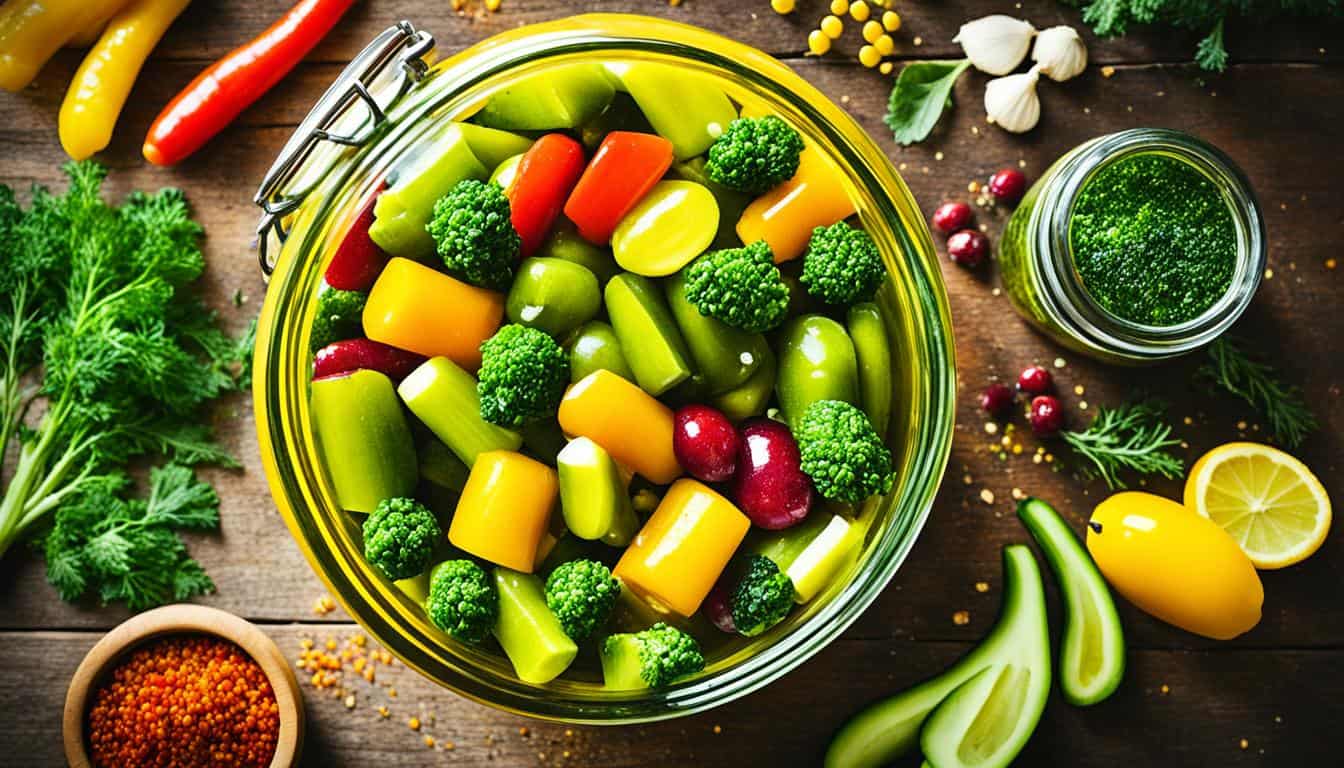
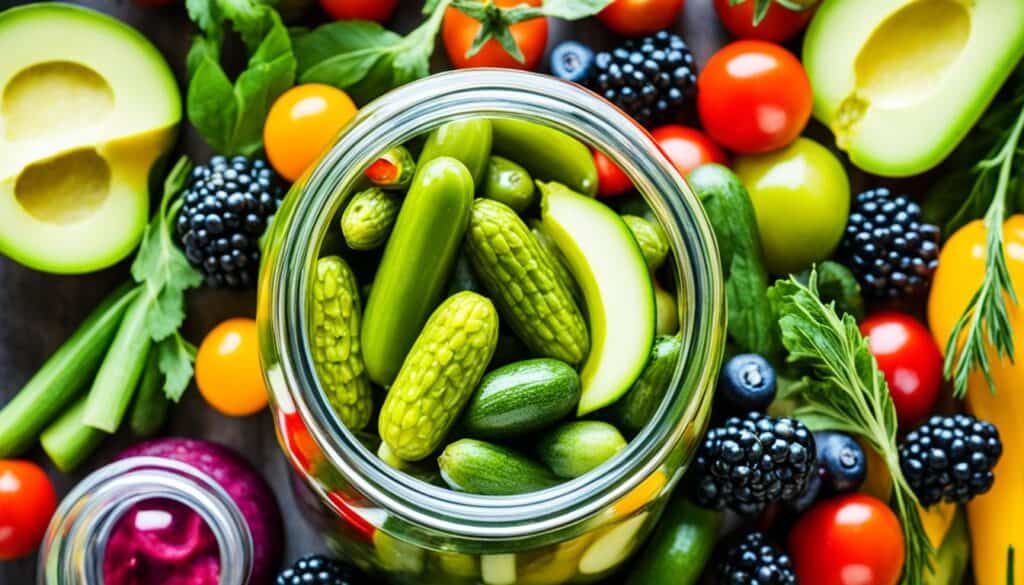

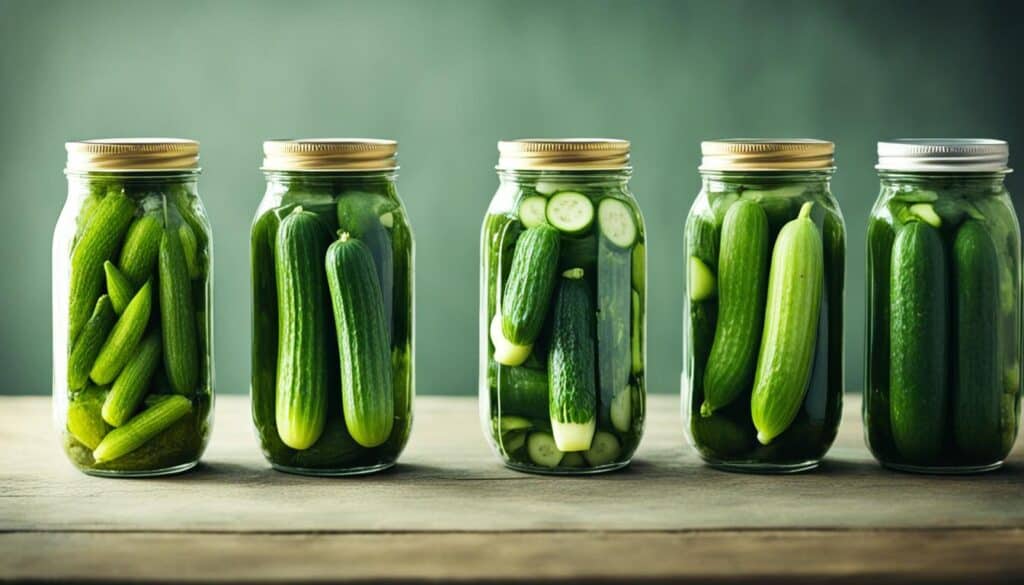
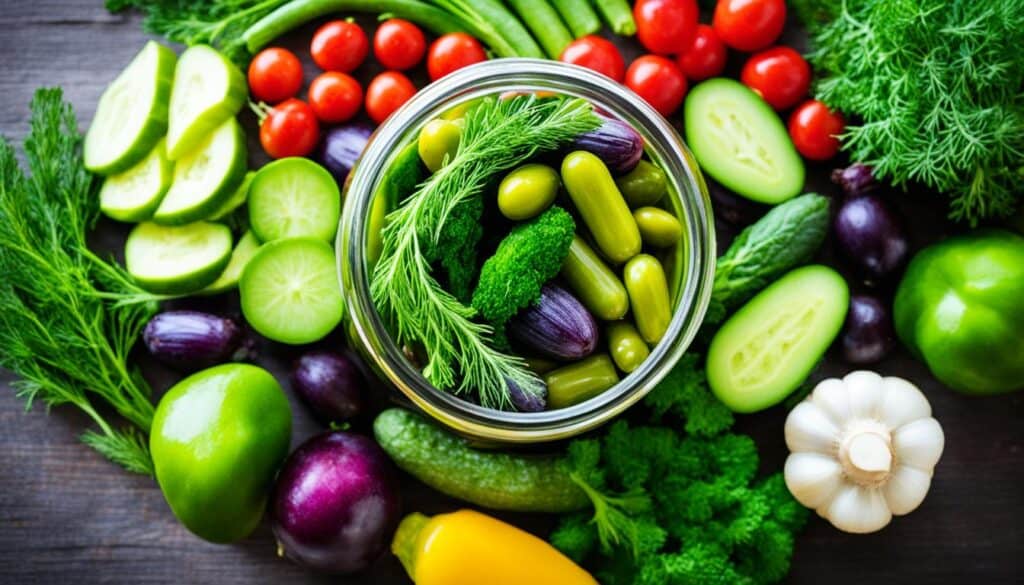
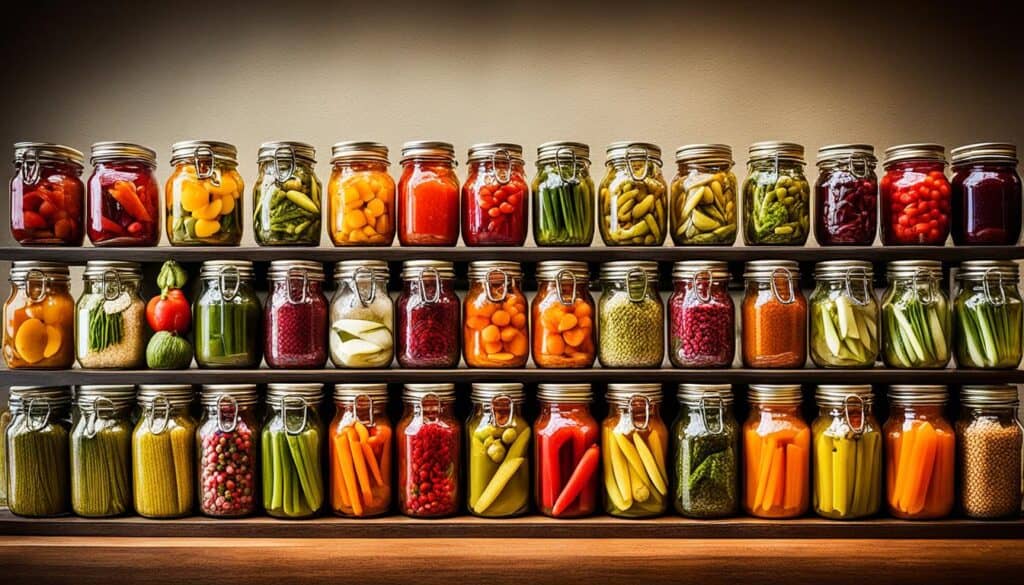
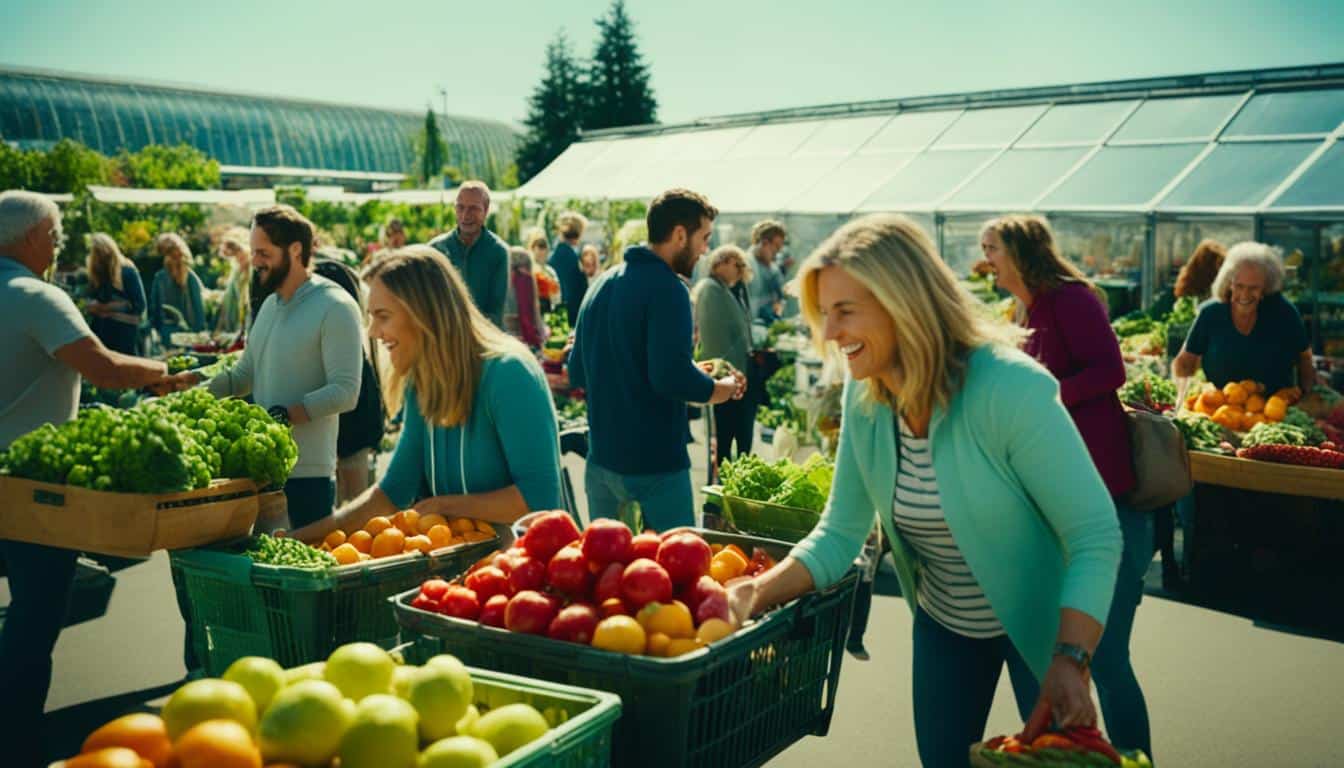
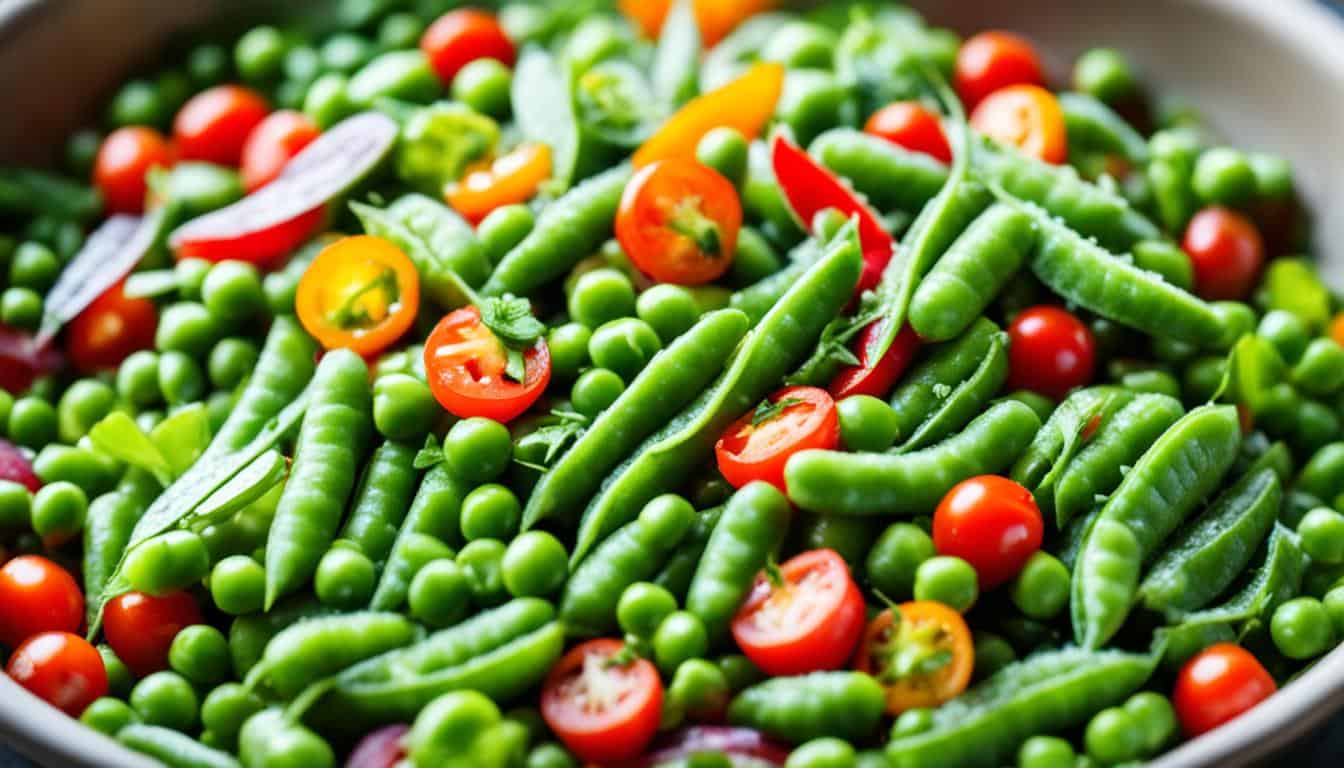
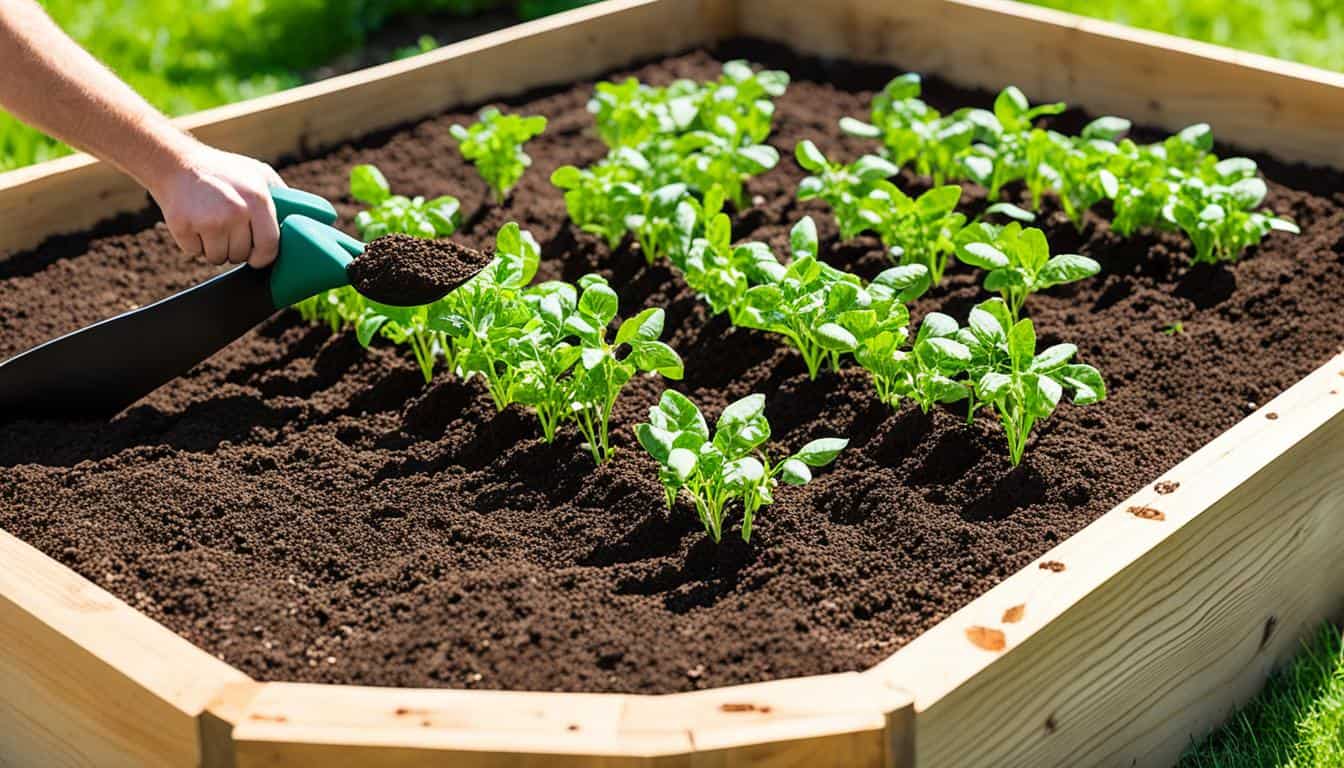
Leave a Reply